Microsoft sees Internet Explorer market share grow
Internet Explorer (IE) has reversed its long decline to post its first increase in global market share for more than a year.

Microsoft's web browser has regained 60 per cent of the browser market, with its share returning to growth in June.
The latest Net Applications figures see Internet Explorer used by 60.3 per cent of web users globally, up from May's 59.8 per cent.
Better still for Microsoft is the news that IE's extra users appear to have defected from its nearest rival Firefox, with Mozilla's browser having dropped half a per cent to dip under the 24 per cent mark for the first time since September 2009. Google Chrome consolidated its third place.
Net Applications suggests the upswing is the result of a Microsoft marketing campaign promoting IE8, the latest version of the browser. On a regional level, Europe (0.88 per cent increase) and Asia (0.81 per cent) saw the biggest response.
Microsoft marked the occasion with a celebratory blog post from IE business and marketing senior director Ryan Gavin, who singled out IE 8 for special praise.
"[Last month] Internet Explorer 8 saw solid share growth, growing faster than Google Chrome, continuing the trend of being the fastest growing browser," Gavin wrote.
"Today, Net Applications released their usage share numbers for June and the positive news continues. Internet Explorer 8 continues to be the fastest growing browser with a 0.66 per cent increase in share, more than three times the growth of Google Chrome, while Firefox's share declined."
Sign up today and you will receive a free copy of our Future Focus 2025 report - the leading guidance on AI, cybersecurity and other IT challenges as per 700+ senior executives
Microsoft's hold on the web browser market has been in decline for several years, as first Firefox and more recently Chrome emerged as credible alternatives. Nearly four out of five web users had IE as their default browser just two years ago, but that number has been falling steadily apart from a brief rally last summer.
Behind the top two, Chrome continues to gain ground, and now holds a 7.24 per cent stake in the global browser market. Two thirds of that share has materialised in the past 12 months, and Google will be further encouraged to see Firefox struggling. The gap between the two remains a formidable 16.5 per cent, but that is down from 20 per cent just six months ago.
-
 Microsoft wants to replace C and C++ with Rust by 2030
Microsoft wants to replace C and C++ with Rust by 2030News Windows won’t be rewritten in Rust using AI, according to a senior Microsoft engineer, but the company still has bold plans for embracing the popular programming language
-
 Google drops $4.75bn on data center and energy firm Intersect
Google drops $4.75bn on data center and energy firm IntersectNews The investment marks the latest move from Google to boost its infrastructure sustainability credentials
-
 Spanish spyware outfit uncovered, develops exploits for Windows, Chrome, and Firefox
Spanish spyware outfit uncovered, develops exploits for Windows, Chrome, and FirefoxNews Google was only able to discover the company after an anonymous submission was made to its Chrome bug reporting programme
-
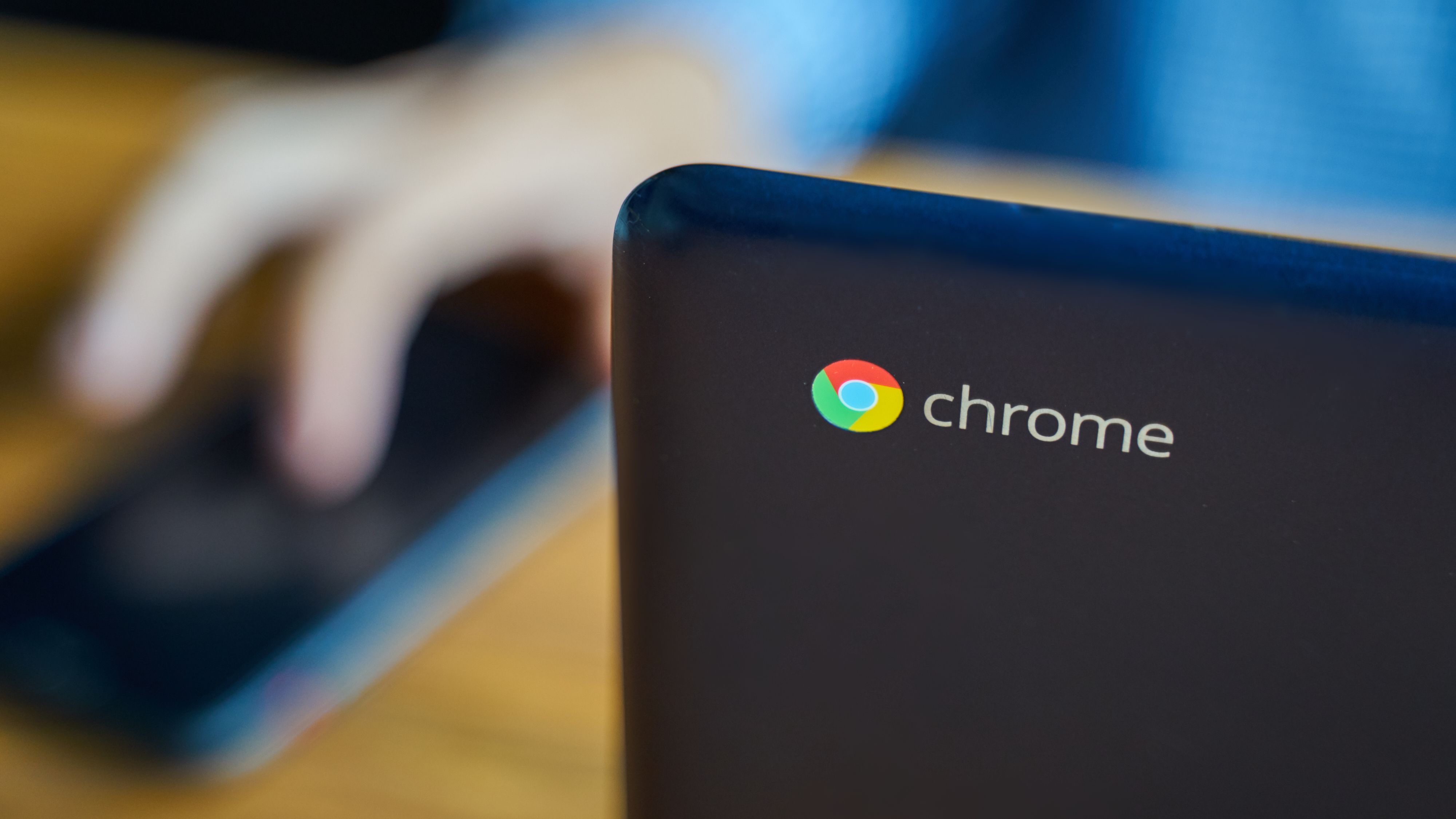 Google adds new security vendor plugins for Chrome, improved Chrome OS policy controls for IT admins
Google adds new security vendor plugins for Chrome, improved Chrome OS policy controls for IT adminsNews New integrations across various security pillars aim to improve Chrome OS and Chrome browser security for enterprise customers
-
 Google patches second Chrome browser zero-day of 2022
Google patches second Chrome browser zero-day of 2022News Google acted quickly to secure against the type confusion vulnerability that was under active exploitation
-
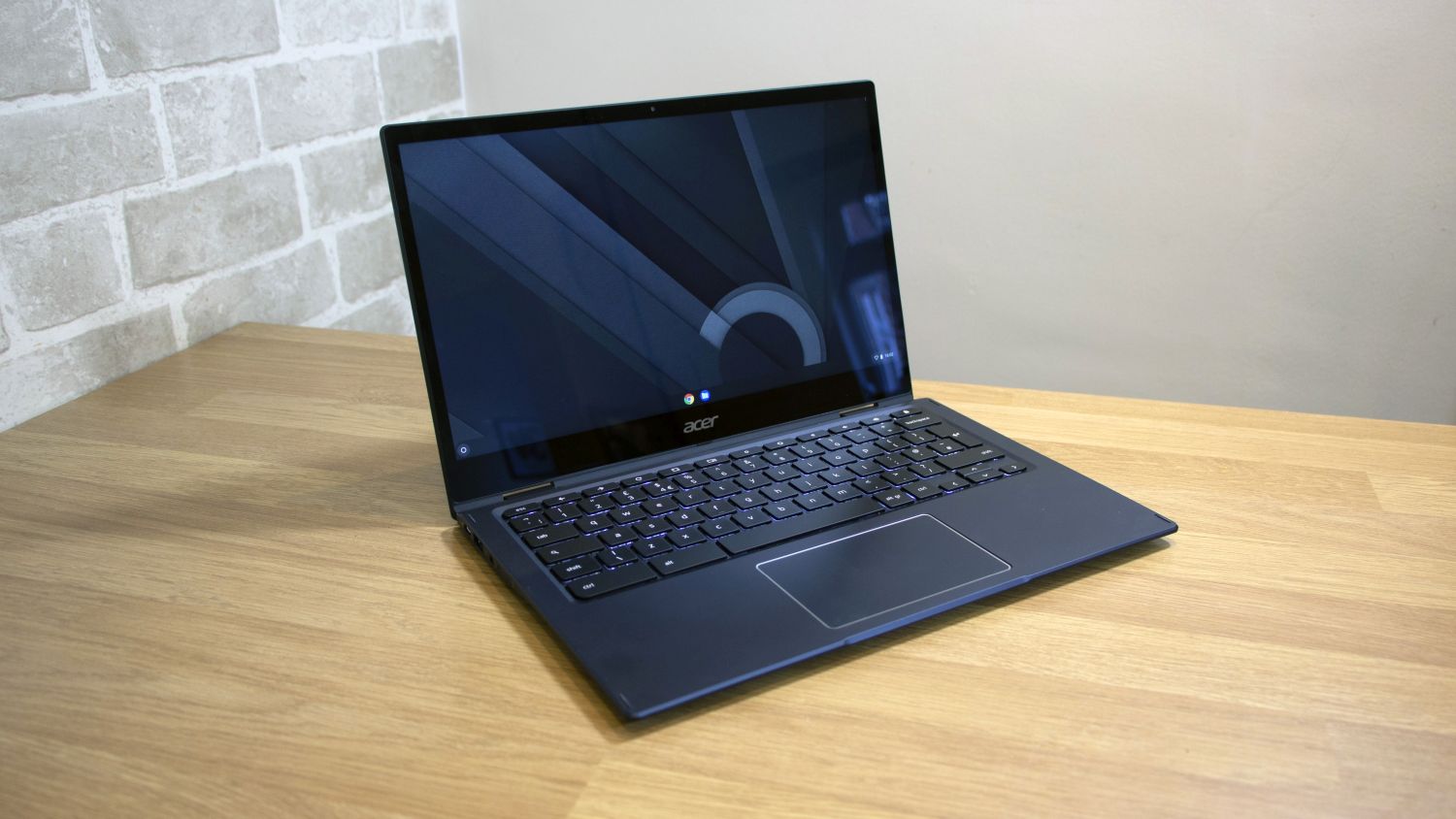
 Acer Chromebook Spin 513 review: Cheap and mostly cheerful
Acer Chromebook Spin 513 review: Cheap and mostly cheerfulReviews An affordable Chromebook convertible with good looks but mediocre performance
-
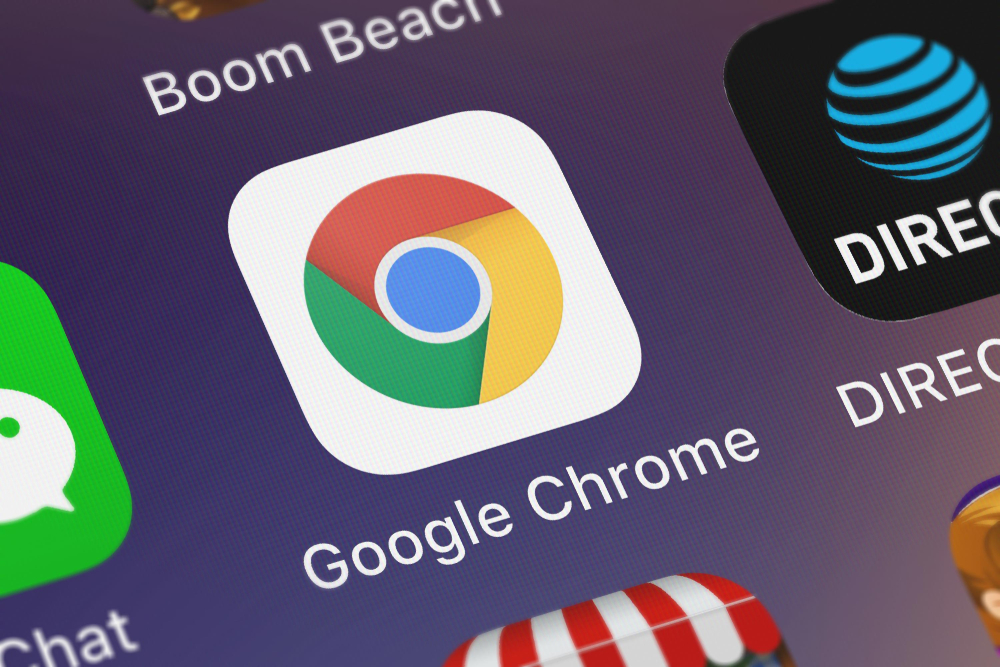 Google says Chrome is now faster than Safari on Apple Silicon
Google says Chrome is now faster than Safari on Apple SiliconNews According to Apple's own benchmarks, Chrome 99 scored the highest out of any browser ever tested
-
 Google Chrome update fixes zero-day under active exploitation
Google Chrome update fixes zero-day under active exploitationNews Google releases a fresh wave of patches for severe vulnerabilities that could facilitate code execution and system takeover via Google Chrome
-
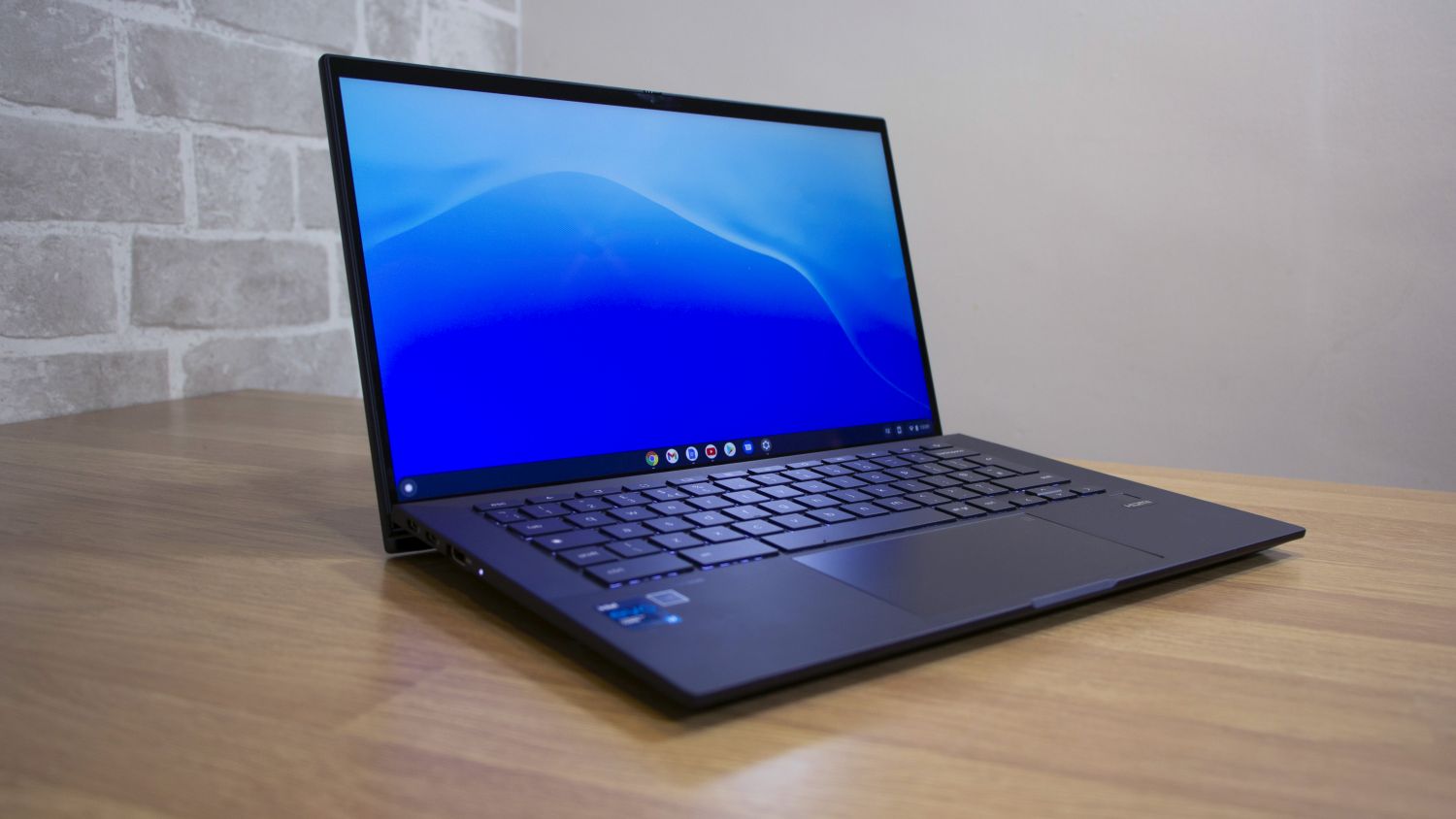
 Asus Chromebook CX9 (CX9400CE) review: The most stylish Chromebook on the market
Asus Chromebook CX9 (CX9400CE) review: The most stylish Chromebook on the marketReviews A sleek, expensive Chromebook that tries to bring professional style to Google’s OS
-
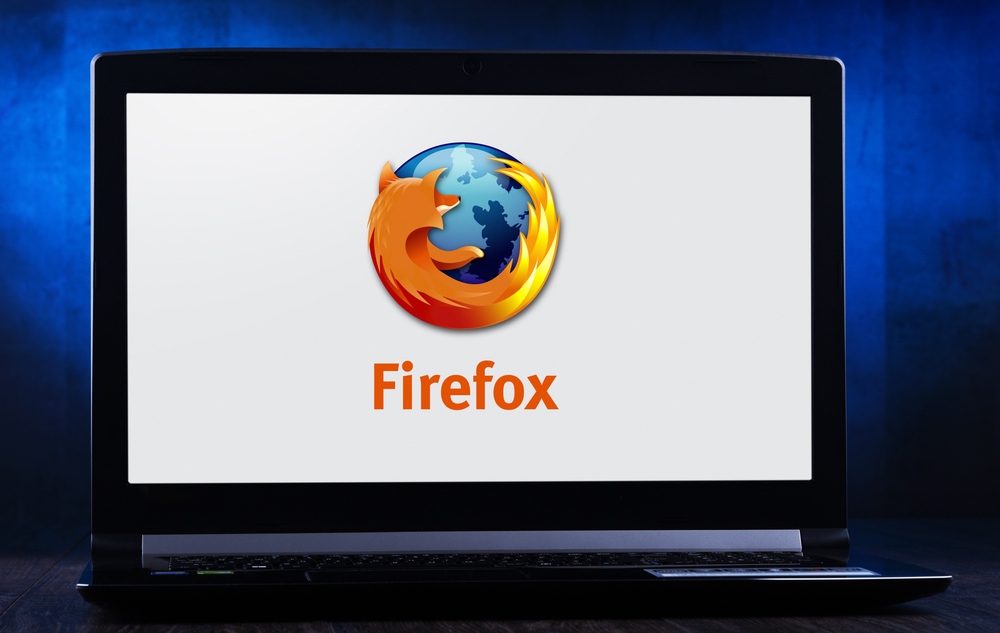 Firefox 95 boosts protection against zero-day attacks
Firefox 95 boosts protection against zero-day attacksNews Mozilla's browser now takes a more granular approach to walling off code